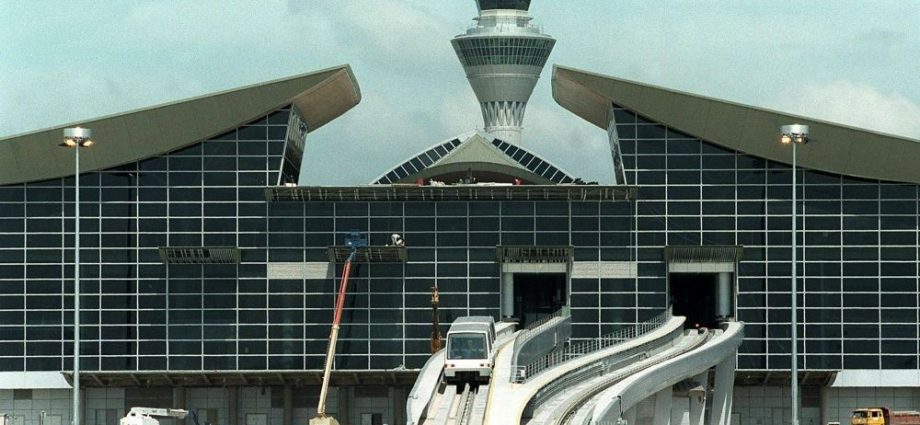
PUTRAJAYA: KLIA and KLIA2 may soon be rebranded as KLIA Terminal 1 and Terminal 2, respectively, says Transport Minister Anthony Loke.
He said the move was expected to take place after the inking of a new comprehensive agreement between the government and Malaysia Airports Holdings Bhd (MAHB) by the first quarter of this year.
ALSO READ: Global survey names KLIA, LGK among world’s best airports for Q2 2022
In announcing this on Thursday (Feb 9), Loke said the proposal was part of the major reforms to relieve the burden on the government to build new airports or to upgrade existing ones, especially secondary airports.
The agreement between both parties covers operations, management, maintenance and development of 39 airports and airfields in the country, all the way to Sabah and Sarawak.
“The Cabinet on Feb 2 has in principle agreed to the new material terms of the Operating Agreement (OA 2023) between the government and MAHB for the period until 2069,” he said.
ALSO READ: KLIA, LIA named among world’s best airports in 2021
The main thrust of the agreement allows far greater flexibility in the method of funding airport development costs by using either allocations from the Development Expenditure or any other “suitable investment recovery model” proposed by MAHB, subject to the mutual agreement of both parties, with the weighted average cost of capital to be determined only when a project is implemented and subject to government approval.
Loke said for example, KLIA was built using government funding but added that continuous requests for federal funds for airport building as well as upgrading is proving to be increasingly difficult.
“We note that there have been many proposals from the private sector to fund airports all over, and MAHB will have more freedom in expanding such infrastructure,” he said.
ALSO READ: KLIA ranks No.1 in airport service quality survey
To allow the above to happen, Loke said an Airport Development Fund (ADF) would be set up as a development trust account under Section 9 of the Financial Procedures Act 1957 (Act 61) to receive contributions from airport users, the public and also airlines.
Loke said the ADF will be self-sustaining as it would not receive any government funds.
Contributions to the ADF will come from a certain portion of the Passenger Service Charge (PSC) and other user fees with the percentage of the PSC or percentage of other components in the user fee that will go into the ADF to be reviewed every three years.
“The government has the right to restructure the airport industry through clustering, carving out, divestment of airports, closure of existing airports or terminals or the
restructuring of the ownership of any of the facilities subject to the mutual agreement with MAHB,” said Loke, adding that the new material terms under the OA 2023 will enable the government and MAHB to usher in a more competitive and responsive commercial development plan.
“This is the potential to enhance the government’s income through revenue sharing derived from government-owned land that is developed by MAHB, which will allow MAHB to prepare a better long-term development plan for all the airports under its purview.
“MAHB’s expertise and experience in airport management whose performance and achievements have been commendable in Malaysia and abroad are also taken into consideration under this initiative,” said Loke, who confirmed that MAHB is free to collaborate with any party to develop the airports, including foreign entities, subject to government approval.
“This is a major shift in the funding model for the airports and will help to boost the growth of airports throughout the country, raise our global competitiveness and revive the aviation sector for the benefit of the people,” he added.
Loke also said the Cabinet has agreed to the proposed rebranding of KLIA and KLIA2 to improve their marketability in view of regional competition.
“However, this will take some time as there are administrative matters to be sorted out with relevant authorities that include the International Civil Aviation Organisation and the International Air Transport Association (IATA),” said Loke, who alluded that post-rebranding, the two airports might have separate airport codes.
IATA is the authority that determines the three-alphabet code (such as KUL for KLIA) otherwise known as the airport code.

